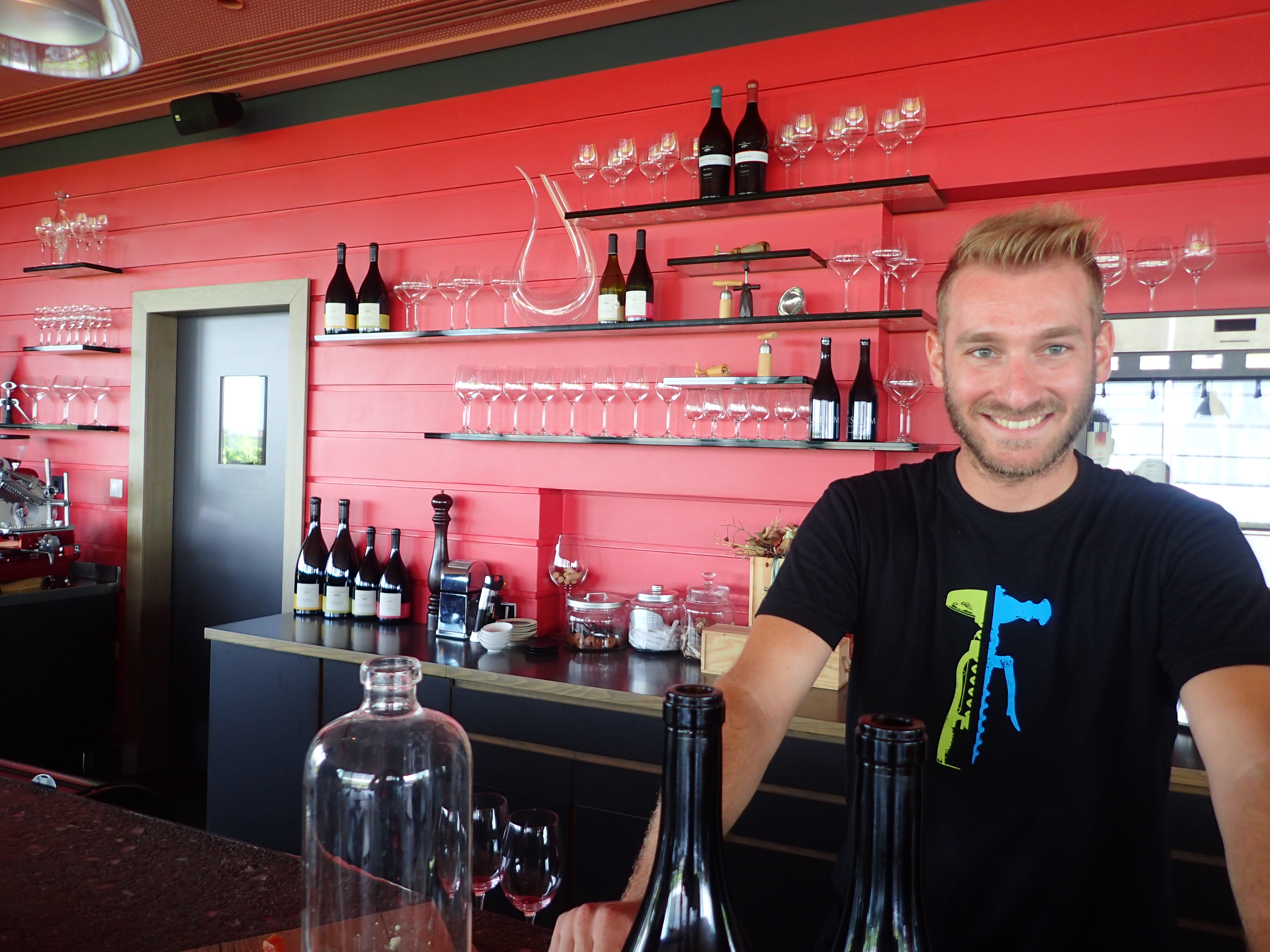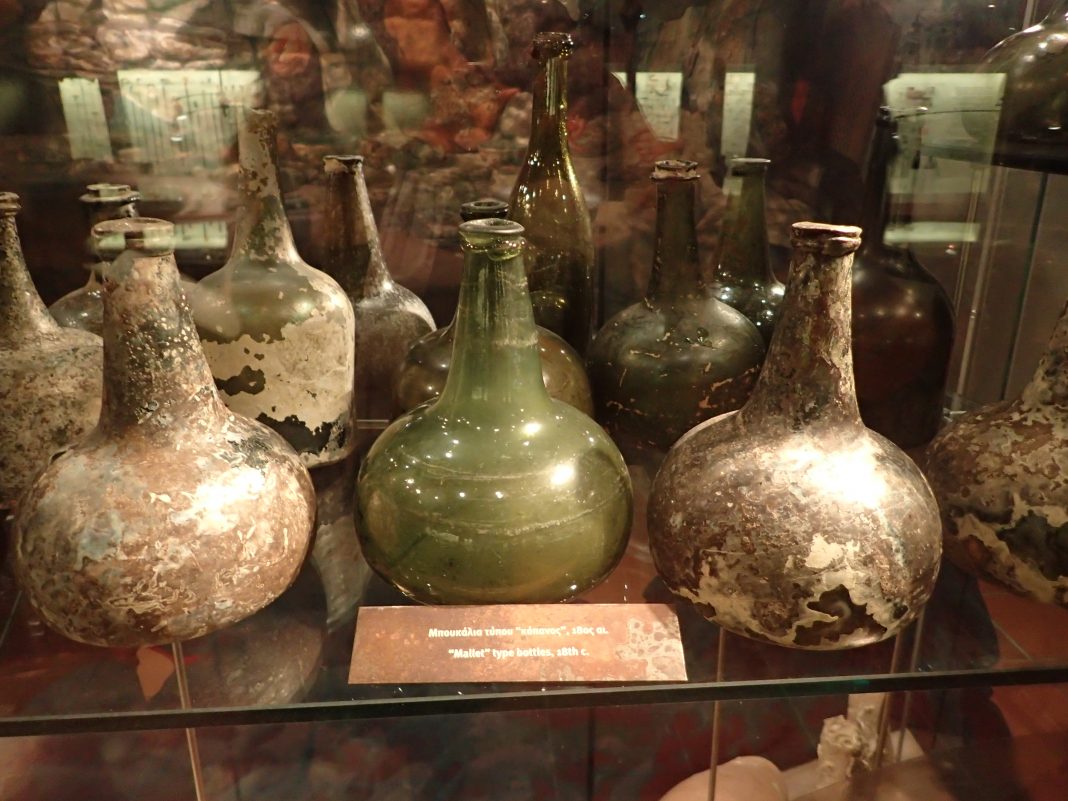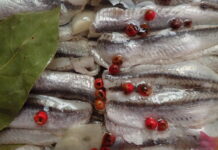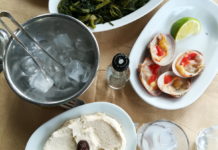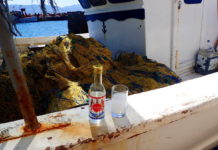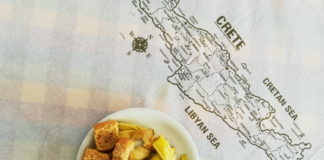Table of Contents
Terroir
We’re gazing out over part of the sixty-three hectares of vineyard at Ktima Gerovassiliou. The sea lies beyond them, just out of sight.
But it plays its role, in the mildness of the winters and in the temperate summers cooled by its breezes. The soil is sandy, rich in sea fossils. The vineyards teem with life- 28 species of birds thrive among the vines. Come mid-August, these vines will all be harvested by hand. Good wine needs good grapes, and harvesters with a careful hand and skilled eye.
| Suggestion of a vine by Kostas Tsoklis |
| Moon by Kostas Varotsos |
Wine and Art
Malagousia and other Greek varietals
Of the varieties in Greece, Malagousia is special. It makes a white wine full of ripe fruits and fragrance and flowers. Well, this delicious grape was nearly lost to time(!). A professor at the Aristotle University rescued it, and Vangelis Gerouvasileiou was the first to vinify it- an important contribution to the world of wine. The vineyard’s first production, in 1986, was a blend of Malagousia and the Greek varietal Asyrtiko. More grapes joined production over time. both Greek and international. Viognier, Chardonnay, and Sauvignon Blanc were added to the whites Malagousia and Asyrtiko (a varietal of Santorni). Syrah and Merlot joined the Greek reds Mavroudi, Mavrotragano, and Limnio (a grape with a pedigree, referred to even by Aristophanes in the 5th C BC.
Visiting the winery
We visit the wine making facilities, marveling at the industrial beauty of the vats, the extra layers of riveted stainless steel providing added insulation-
The juice becomes wine tanks with automatic cooling systems, then (in the case of the reds) ages in wooden barrels. There are crushers, separators (to separate out the grape skins), a pneumatic press that pumps out the juice, a bottling machine- modern perfections in the making of an ancient thing.
A novel museum
What a fabulous investigation of the history and role of wine in life! I first heard about the corkscrew collection from my daughters, who came here on school trips. They were dazzled. But there is much more here.
This collection of corkscrews- at 2,600 examples, one of the worlds’ largest- is just one aspect of the greater vision of celebrating the tradition of wine growing. Mr. Gerovassiliou started collecting the tools of viticulture, bottling, and barrel making 40 years ago. Next to the wine aging in barrels in the quiet (wine is alive, and apparently it hates noise) semi-darkness is a splendid collection of history of wine in our lives.
It starts with the beauty of bottles and vessels, including amphorae that transported wine in ancient times. These were found by divers off the coast near the vineyard(!)
Wine bottles have developed over time. The “onion” style of the 17th and 18th centuries on beautiful opalescent glass was a favorite.
Wine in Antiquity
Wine in our culture
Museologists have arranged some dynamic displays. The fabled corkscrews line two walls, divided by mechanical and non-mechanical. Glass cases hold exhibits in socio-cultural groupings. These explore consumer habits, trends in leisure and luxury, and artistic movements of the 19th and 20th centuries.
| “The Corkscrew of Consumerism”- promotional corkscrews |
| In the Style of the Post War World |
The tools of the vintner
The next room has the tools of wine making- shears,
grape crushers, barrels, bottle racks-
Wine on Camera
Lastly, a delightful homage to the role of wine in our lives, through beautiful moments in film:
Tasting
Now we return to the tasting room and visitors’ center, a contemporary structure with sides open to the vineyards. A shop carries books on wine. Gerovassiliou sponsors and publishes also- a fairy tale for children introduces to the story of wine from vineyard to bottle. There are also recipe collections, poetry and verse.
Next, we will actually taste everything we have seen and thought and felt.
Ktima Gerovassiliou is very close to Thessaloniki- check their website for visiting hours, tastings, tours, and special events.
